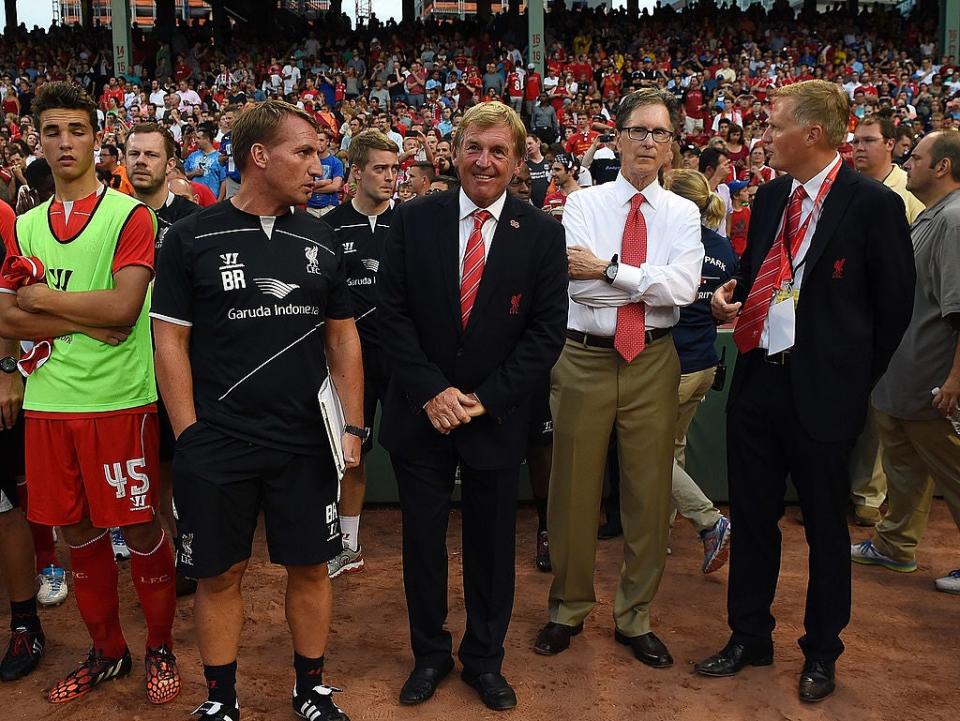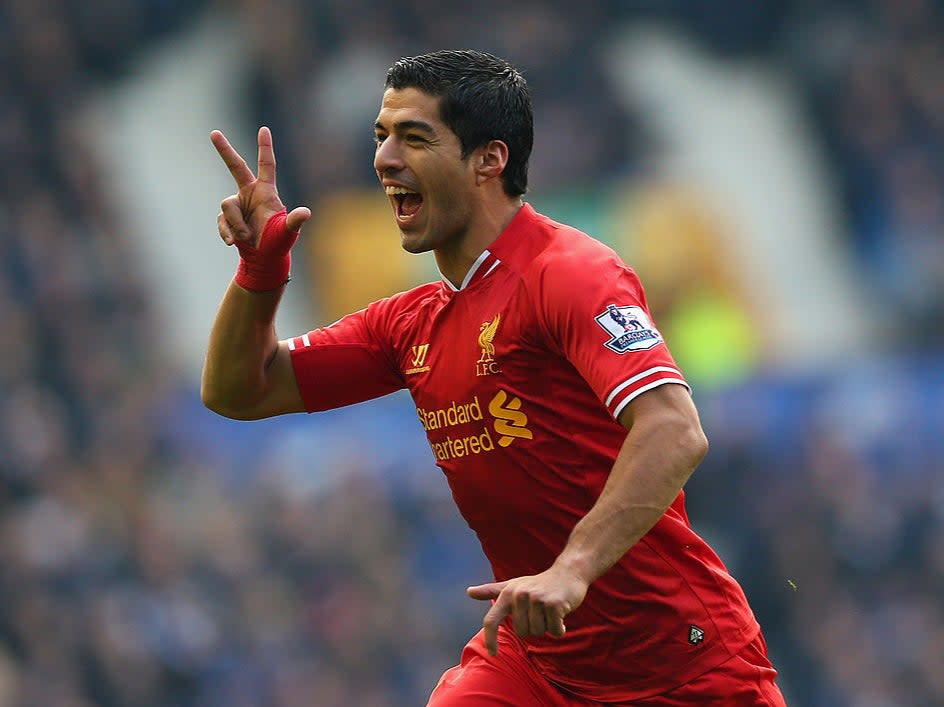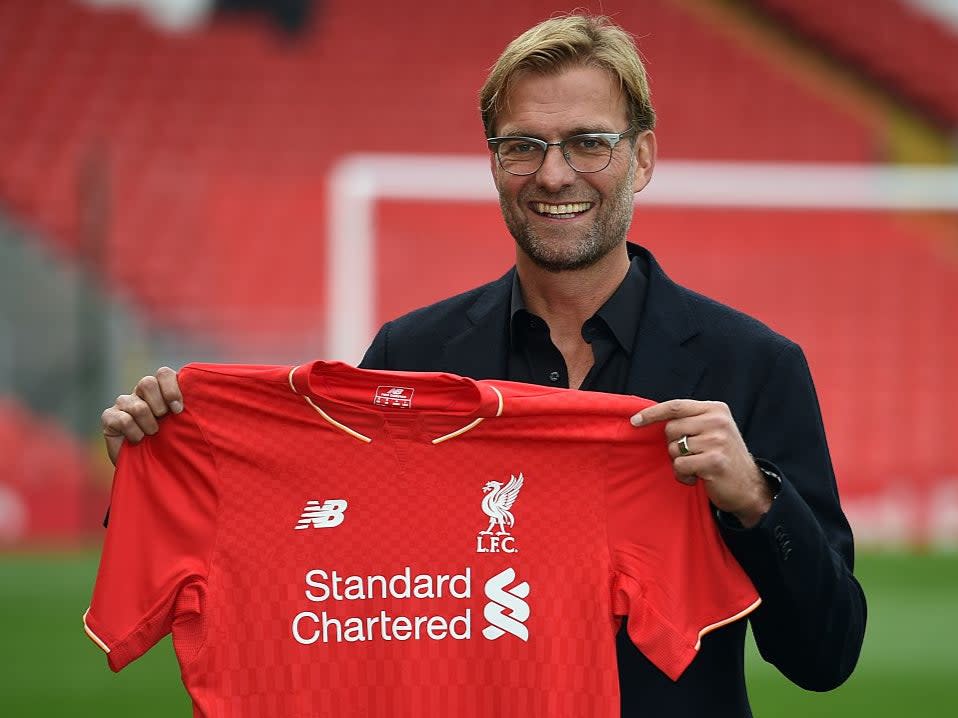A decade of FSG at Liverpool: Revisiting five years of transfer dysfunction, internal disputes and false dawns

John W Henry knows how to throw an anniversary bash. Drop a bombshell on the English game and wait to see what happens.
Thursday marks 10 years since Henry led the New England Sports Ventures takeover of Liverpool – the company became Fenway Sports Group (FSG) a year later. At the time the Boston-based billionaire had no idea what he was getting into. A decade on, he is trying to reshape domestic football with Project Big Picture. What a way to start your second decade in the Premier League. There are plenty of people who do not want to come to Henry’s party.
The picture he saw in 2010 seemed big with possibilities. Right from the start, the 71-year-old and his partners in FSG thought they were cleverer than the majority of those involved in English football. Liverpool, a club in turmoil and available for a knockdown price, was too good an opportunity to pass up. To judge by the chaos Henry found at Anfield, the Premier League was indeed backward and ripe for exploitation.
Roy Hodgson was in charge and by the time FSG sacked him, one of Europe’s biggest clubs was four points above the relegation zone. Christian Purslow, the man who appointed the doomed manager and whose nickname among the players was ‘Forrest Gump,’ was dispatched earlier.
Still, seeing men like this in senior positions strengthened Henry’s impression that the sport was not as slickly run as American sports. As owners of the World Series-winning Boston Red Sox, FSG were masters of analytics and prided themselves on the ability to cut a deal. They did not quite look at the various characters who populated football as rubes but the Americans felt they were sharper and more savvy. This new game seemed there for the taking.

At first the decisions appeared to endorse this view. They employed Daniel Comolli as director of football strategy. Within three months they replaced Hodgson with Kenny Dalglish. The first transfer window brought Luis Suarez to Anfield for a knockdown £22.7 million, while Fernando Torres departed for Chelsea for more than double that fee. These were the kind of transactions FSG liked, with Liverpool emerging with credit from both deals.
The alarm bells should have been ringing, though. Comolli had hardly unearthed an unknown gem in Suarez – the Uruguayan had been offered around the Premier League and found no takers because of his disciplinary record at Ajax. And the £35 million that Liverpool paid Newcastle United for Andy Carroll was significantly above the north-east club’s initial asking price. The cast of agents, facilitators and middle-men who stalked the transfer market might not have appeared very bright but you had to count your fingers after shaking hands on a deal.
The tone was set. The first five years of Henry’s tenure would be characterised by dysfunction in recruitment. Far from FSG taking advantage of unsophisticated rivals, it turned out that the Americans were the naïve ones.
The principal owner was not keen on sanctioning the transfers of Jordan Henderson and Stuart Downing in the summer of 2011 but reluctantly went ahead. He was aghast to find out that none of Liverpool’s scouts other than Comolli had watched either player and the director of strategy had only seen each eight times.
Henry had strong views on players. He liked Alex Oxlade-Chamberlain enough to ask Southampton’s managing director Nicola Cortese to give him first option on the youngster and allow Liverpool to match any offer. When Arsenal came calling at St Mary’s, Cortese made contact. He got no reply.

Dalglish’s first full season never lived up to the promise of his early days. The Anfield legend brought a fractured club together but he was unable to guide the team into the Champions League spots. After winning the League Cup and reaching the FA Cup final in 2012, he was summoned to Boston and sacked, a month after Comolli was given his P45. Henry had come to believe that what Liverpool needed was a young, tactically astute and analytics-friendly manager. The owner flirted with Roberto Martinez but eventually plumped for Brendan Rodgers. This, it was felt, was really the start of the FSG revolution: Year Zero.
Things unravelled very quickly. One of the radical ideas was a fly-on-the-wall documentary called Being Liverpool. This was, in many ways, ahead of its time. It was also painful to watch. Perhaps its lowest point – even including the cringeworthy levels of Rodgers smarm – came during a discussion between the manager and Joe Allen over what shirt number the Welshman should choose. The managing director, off camera, interjected with the words “sixty nine,” and a schoolboy snigger. Allen’s expression said it all and was the sort of look bright young people make when one of their middle-aged bosses makes a crass sexual inuendo.
Comolli’s departure did not improve the recruitment process. Three months into his new job, Rodgers ended the transfer window with a power play that backfired so spectacularly it coloured the rest of his tenure. He did not want Carroll, nor the replacement that FSG had found for the striker, Daniel Sturridge. Henry expressly forbade the manager to ship Carroll out before signing a “couple” of attackers. On the penultimate day of the window, Rodgers loaned the big Geordie to West Ham United, pulled the plug on Sturridge’s loan move to Anfield from Chelsea and attempted to trade Henderson to Fulham for Clint Dempsey. The next morning the Northern Irishman told a press conference that he would have liked to have kept Carroll around but “it’s one where finances dictate things.”

The fanbase were furious. The thought that this set of American owners were doing the same as their predecessors and countrymen Tom Hicks and George Gillett and hanging the manager out to dry financially struck a deep chord on the Kop. In an attempt to still the backlash, Henry produced an open letter to supporters to allay their fears. It set out the FSG agenda. They were aiming to sign the best young prospects who would grow into top-class players at Anfield.
Trust in Rodgers was irreparably damaged. The era of the transfer committee had arrived. Players would be provided for the manager and his role was to coach and develop them rather than recruit them. Unless, of course, the team was doing well, when Rodgers was more likely to get a man he wanted. Clarity of thought had left the building – if it had ever been present.
Briefing and counter-briefing became the norm. Rodgers made it clear which players were wished on him. The discussion over whether the transfer policy was ‘moneyball’ was endlessly rehashed, as was the idea of buying by committee. Then something remarkable happened. Suarez hit a golden seam of form. The one problem was that the forward could not see success in Liverpool’s future.
Arsenal triggered the Uruguayan’s £40,000 buyout clause and offered an extra £1. This was regarded as an insult. Henry’s reaction in public was to tweet: “What do you think they’re smoking at the Emirates?”
The private response gave a greater insight into the billionaire’s character. Even though he knew Suarez was probably in the right, he told the player’s representatives he would tie the forward up in court for years and fight to keep him for as long as possible. Suarez stayed for another 12 months on the understanding he could leave the next summer for a price that was much more acceptable to Liverpool.

And what a year it was. Despite ongoing problems with Rodgers, the team put in an unlikely title challenge that only faltered in the final week of the season. Finishing second to Manchester City in May 2014 gave the illusion of forward motion. The next season was a chastening experience.
Suarez left for Barcelona and the players bought to replace him were nowhere near the same standard. The Northern Irishman did not fancy Lazar Markovic, Emre Can and Alberto Moreno or a number of others whose arrival had been arranged without much input from the manager’s office. By Christmas FSG were threatening to sack Rodgers if he did not play the newcomers. A post-New Year 13-game unbeaten run gave false promise and the Northern Irishman gloated about getting a response from players in whom he did not believe. A home defeat by Manchester United and a shocking loss to a struggling Aston Villa in the FA Cup semi final exposed all the flaws.
The season ended with a 6-1 defeat away to Stoke City.
Approaching five years with Henry at the helm, Liverpool were a mess. Raheem Sterling, who FSG inherited, was allowed to leave for Manchester City because the owners refused to pay England’s best prospect anywhere near the same wages as the rarely fit Sturridge. The wheels were coming off.
By now Henry was having second thoughts about his investment. The club was available at the right price, he told acquaintances. That might have been as cheaply as £650 million – still more than double what FSG paid – but there were no approaches from reputable buyers.

Just 11 days before the fifth anniversary of the takeover, Rodgers was sacked after saying that the club needed to start another rebuilding programme. He was right but had long lost the trust of FSG.
Then, with a week to go before that five-year mark, Liverpool appointed Jurgen Klopp. It was the finest decision Henry would make. Whenever a Liverpool manager is appointed, there is a wave of optimism from the fans. On the evidence of the 60 months of FSG control, there seemed little foundation for such positivity, even with a man like Klopp in charge.
There is always a temptation to write history backwards. The Champions League win last year ago and breaking the club’s 30-year title drought in the summer means there is an inclination to see recent success as a culmination of FSG’s 10-year plan. In 2015 it looked very different.
Liverpool were not cleverer or sharper than the rest of English football. All the owners’ early preconceptions had been confounded. The simple principles of the game – get the best manager possible, buy the best players you can afford – had been largely ignored by leadership who believed they knew better. But finally Anfield had employed the finest manager available. It had been a pretty ordinary first half. The second half needed to be significantly better. Klopp was the man for that job.

